The Week in Research Review, etc 12-24-18
The Week in Research Review, etc 12-24-18 only had two posts to social media this week but hopefully two very helpful posts for your practice.
The back pain post was a
Physical Therapy First to Treat Low Back Pain
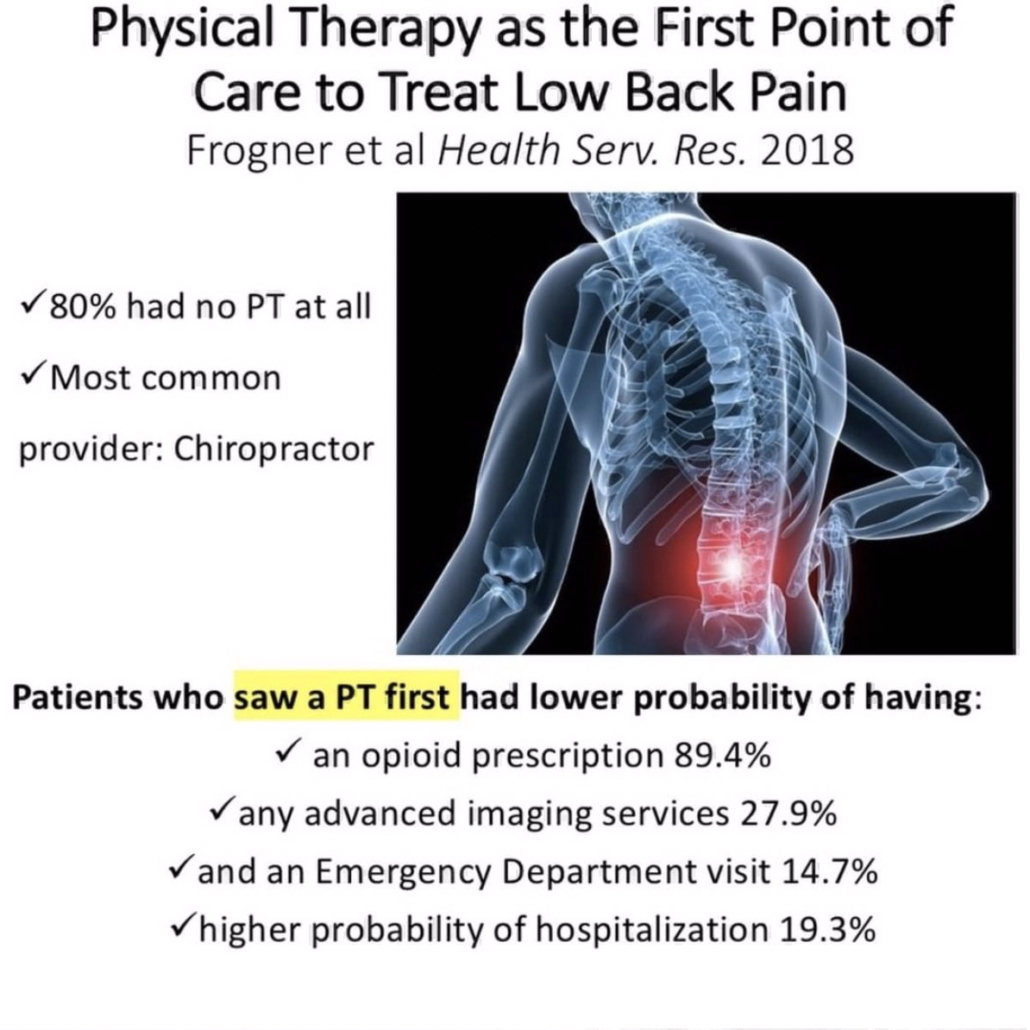
[ICYMI} Physical Therapy as the First Point of Care to Treat Low Back Pain: An Instrumental Variables Approach
The Week in Research Review, etc 12-24-18This study compared the differences in opioid prescription, health care utilization, and costs among patients with low back pain (LBP) who saw a physical therapist as the first point of care, at any time during the episode, or not at all.
Patients aged 18-64 years with a new primary diagnosis of LBP, living in the northwest United States, were observed over a 1-year period.
Patients who saw a PT first had:
- a lower probability of having an opioid prescription (89.4 percent),
- any advanced imaging services (27.9 percent),
- and an Emergency Department visit (14.7 percent), yet
19.3 percent higher probability of hospitalization.
Interestingly enough, 80% of the patients in the sample had no PT at all. Furthermore, 8.7% saw a PT first and 11.5% saw a PT later (avg 38 days). The most common provider seen 1st was a chiropractor.
Assessing for Patella Instability
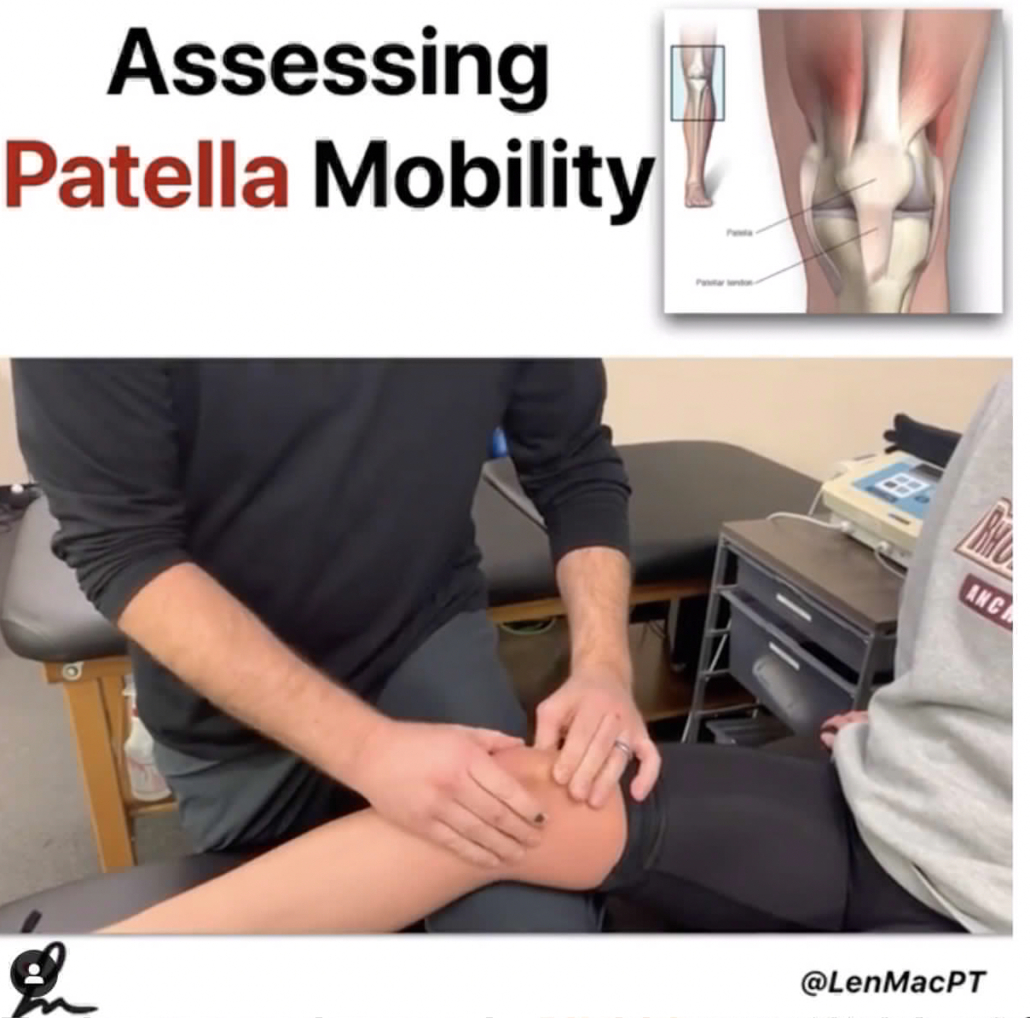
💥Assessing for Patella Hypermobility💥
This Instagram snippet shows how I assess a patient with suspected patella hypermobility who may have sustained a subluxation, dislocation or instability episode.
To see the full video at my YouTube Channel, click the link here!
Basically, we’re looking at how mobile the patella is when the knee is locked at full extension compared to when the knee is flexed to about 25 degrees.
Normally, the patella should become relatively stable when the knee is flexed to 25 degrees because it engages the trochlea groove.
In patients with underlying patella hyper-mobility, the amount of mobility with the knee slightly flexed will be similar to when the knee is in full extension (and not locked into the
This is often the case when the patient’s
The test should help the clinician gain a better understanding of the patient’s anatomical make-up and prognosis for the long term.
Check out the full video

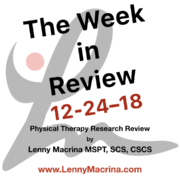
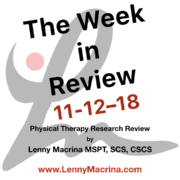



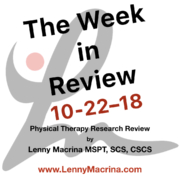
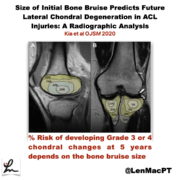


Leave a Reply
Want to join the discussion?Feel free to contribute!